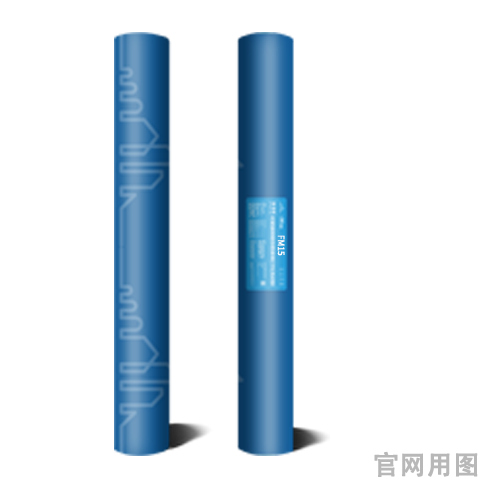Polyeco™ HP Waterproofing Membrane (FM15)


Product specifications
Model |
Thickness(mm) |
Wide(m) |
Length(m) |
Lap edges |
Execution standards |
Type P (fabric reinforced) |
1.5 |
2.0 |
20 |
weld |
GB27789-2011 |
Product features
1. High-quality imported low-carbon and environmentally friendly polymer raw materials and weather-resistant improved formulas;
2. No chlorine components, no open flame construction, no smoke emission, green environmental protection;
3. Excellent weather resistance, UV resistance, aging resistance far beyond the national standard, to meet the ≥ 5000H testing requirements;
4. Excellent physical properties, tensile and tear strength;
5. Strong wind resistance, hail resistance and fire resistance;
6. High sunlight reflectivity, effectively reduce roof temperature, energy saving and emission reduction.
Technical indicators
Executive standard: GB27789-2011 "Thermoplastic polyolefin TPO waterproofing membrane"
|
Serial number |
project |
index |
|||
|---|---|---|---|---|---|
|
H |
P |
||||
|
1 |
The thickness of the resin layer on the intermediate tire base/mm≥ |
- |
0.40 |
||
|
2 |
Tensile properties |
Maximum pull/(N/cm) ≥ |
- |
250 |
|
|
Tensile strength/MPa ≥ |
12.0 |
- |
|||
|
Elongation at maximum pull/% ≥ |
- |
15 |
|||
|
Elongation at break/% ≥ |
500 |
- |
|||
|
3 |
Low temperature bending |
-40℃无裂纹 |
|||
|
4 |
Seam peel strength/(N/mm) ≥ |
4.0或卷材破坏 |
3.0 |
||
|
5 |
Right angle tear strength/(N/mm) ≥ |
60 |
- |
||
|
6 |
Artificial climate accelerates aging |
Time/h |
5000以上 |
||
|
Appearance |
No blistering, cracks, delamination, bonding and holes |
||||
|
Maximum pull retention/%≥ |
- |
90 |
|||
|
Tensile strength retention/%≥ |
90 |
- |
|||
|
Elongation retention at maximum pull/%≥ |
- |
90 |
|||
|
Elongation at break retention/%≥ |
90 |
- |
|||
|
Low temperature bending |
-40°C without cracks |
||||
Construction steps
Mechanical fixation method: base layer cleaning → laying air insulation layer → laying insulation board → pre-laying coil → fixed coil → lap treatment → node strengthening → self-inspection and acceptance
Full adhesion method: base layer cleaning → pre-laid coil → large surface gluing → laying coil → lap treatment → node strengthening → closing treatment → self-inspection and receipt
Empty topping method: base layer cleaning → pre-laid coil → lap treatment → node reinforcement → self-inspection → cover the topping


